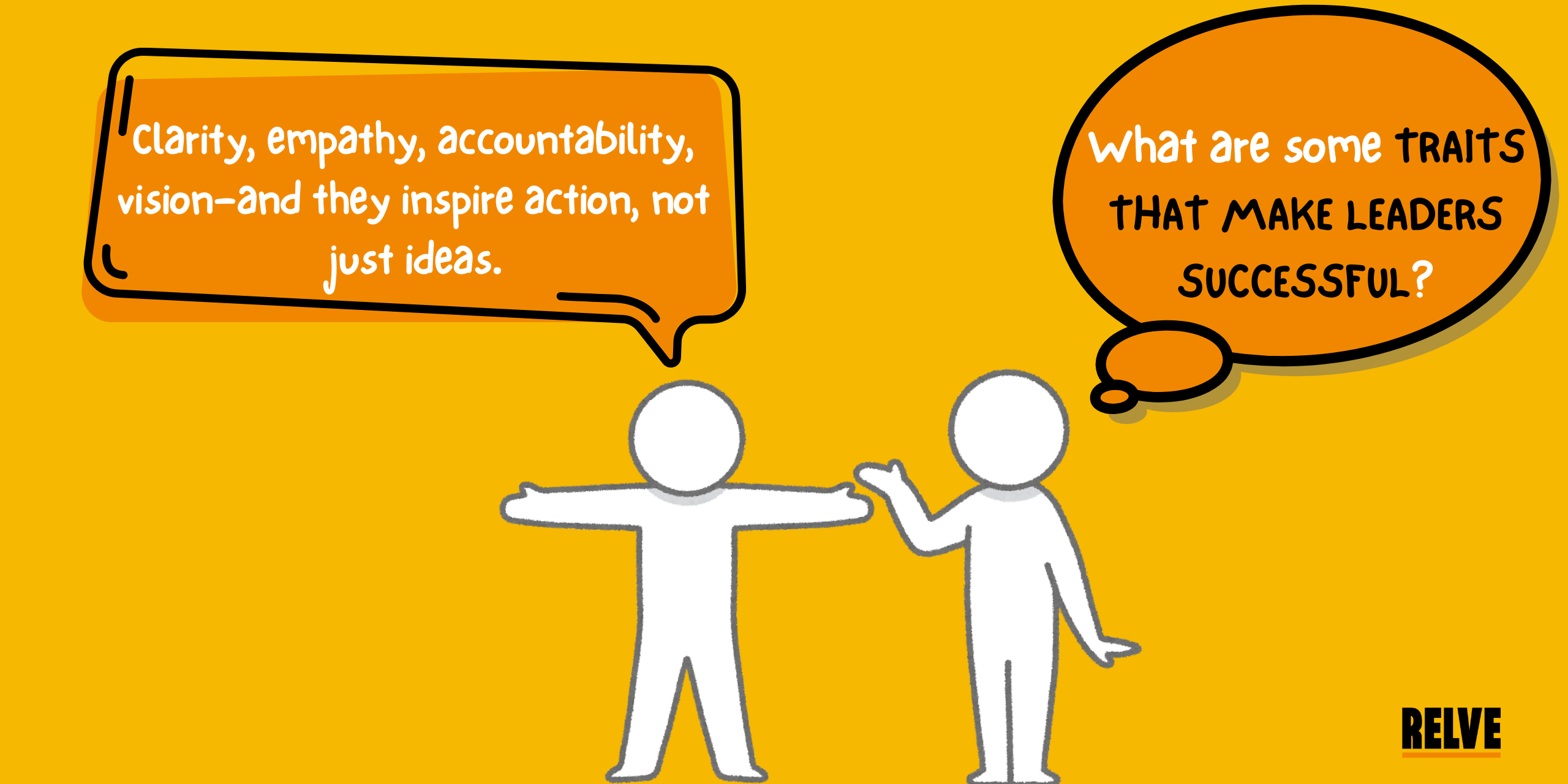Leadership isn’t defined by a job title, a corner office, or how many people report to you. It’s defined by influence, especially when teams are distributed, attention is fractured, and trust is hard-earned. In such an environment, the need to describe some of the traits that make leaders successful is very important.
The solution isn’t about being born with charisma or commanding with authority. It’s about developing trait leadership – where your character and daily actions define your leadership, not your designation. In this article, we’ll unpack the core traits of an effective leader, debunk common myths, and explore real-world leaders who prove that leadership traits can be learned, practiced, and mastered.
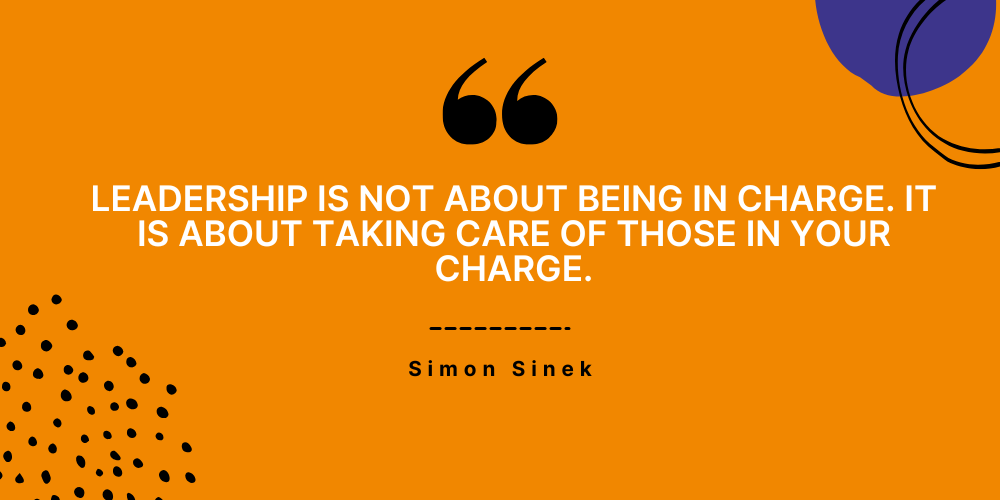
Describe Some of the Traits that Make Leaders Successful
Leadership is about more than just a title.
Great leadership isn’t handed out with a promotion – it’s built through trust, empathy, clarity, and consistency. Titles may grant authority. But it’s the leader’s characteristics like adaptability, integrity, and emotional intelligence that make someone worth following.
Organizations with strong leadership development programs are 2.4x more likely to hit performance targets and 4.2x more likely to outperform their peers in terms of agility and innovation. This reinforces that the traits of a leader, not hierarchy, are what drive results – especially in high-stakes, fast-moving environments.
When you lead with personal influence, character, and connection, you create the conditions where performance thrives—whether you’re a founder, a team lead, or an emerging manager.
Core Traits of Successful Leaders
Since we need to describe some of the traits that make leaders successful, it is important to lean into some essential leadership traits. These skills distinguish exceptional leaders from the rest. These aren’t just buzzwords – they are well-researched, observable, and learnable behaviours that consistently drive results.
1. Vision and Purpose
Great leaders are visionaries. They see beyond what’s in front of them and help their teams find meaning in their work.

Leader attribute in action: Steve Jobs envisioned a future where technology and art coexisted, turning Apple into a brand that redefined industries.
Build it: Reflect on your ‘why’ through journaling. Then share that clarity with your team regularly—it gives direction and meaning.
2. Empathy
In a climate where employee burnout is rising and retention rates are declining; empathy is an important trait to have. Research shows that employees who feel heard are 4.6x more likely to feel empowered to do their best work.
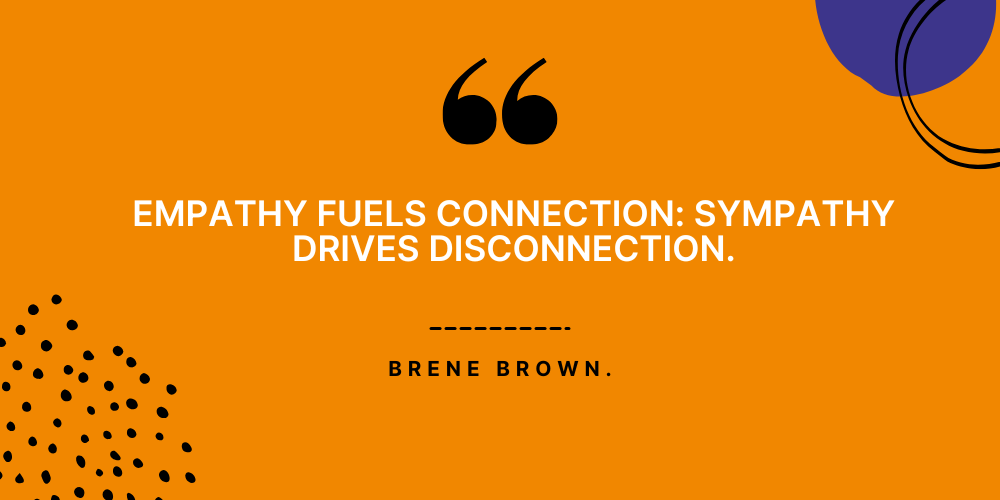
Example: Satya Nadella transformed Microsoft’s culture by leading with compassion and curiosity.
Build it: Practice active listening, check in beyond just KPIs, and make space for psychological safety.
3. Integrity
Integrity is about doing the right thing – even when it’s difficult. It’s a hallmark of all good leader characteristics.

Example: Leaders who take responsibility for mistakes and prioritize ethical decisions foster loyalty and trust.
Build it: Define your values clearly. Use them as filters for decision-making, even under pressure.
4. Courage and Vulnerability
One of the most undervalued leadership qualities today? Vulnerability. In truth, it builds more respect than bravado ever could.

Example: Leaders who say, “I don’t know, but I’ll find out” model a culture of growth and honesty.
Build it: Share both wins and failures. Invite feedback. Model openness and courage.
5. Humility
Humility isn’t thinking less of yourself – it’s thinking of yourself less.
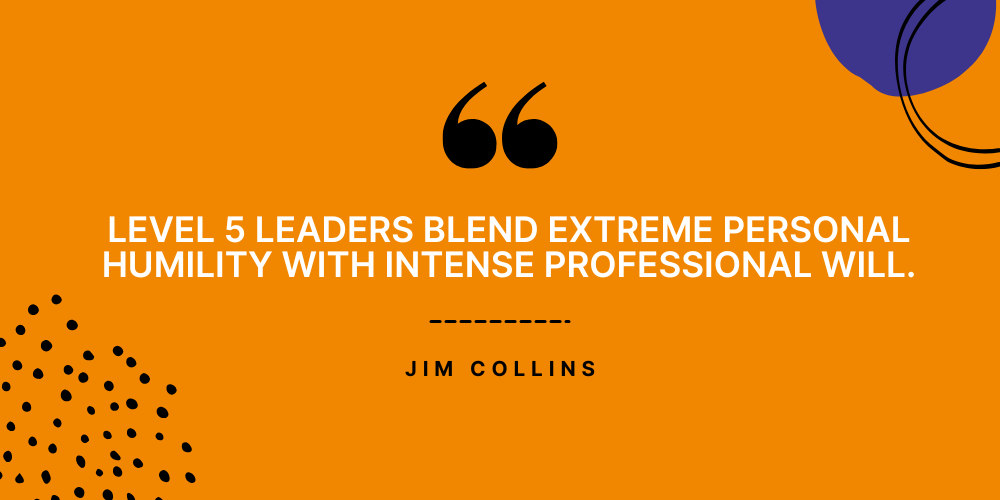
Example: Great leaders deflect praise and shine the light on their teams.
Develop It: Celebrate team wins publicly. Acknowledge your blind spots.
6. Adaptability
The only constant? Change. From AI disruption to remote work, traits of good leaders include the ability to pivot.
Example: Leaders who embraced hybrid work thrived. Those who resisted? Not so much.
Build It: Ask, “What’s changing?” weekly. Stay curious, not rigid.
7. Decisiveness
Analysis paralysis kills momentum. Good leader characteristics involve the courage to make tough calls.
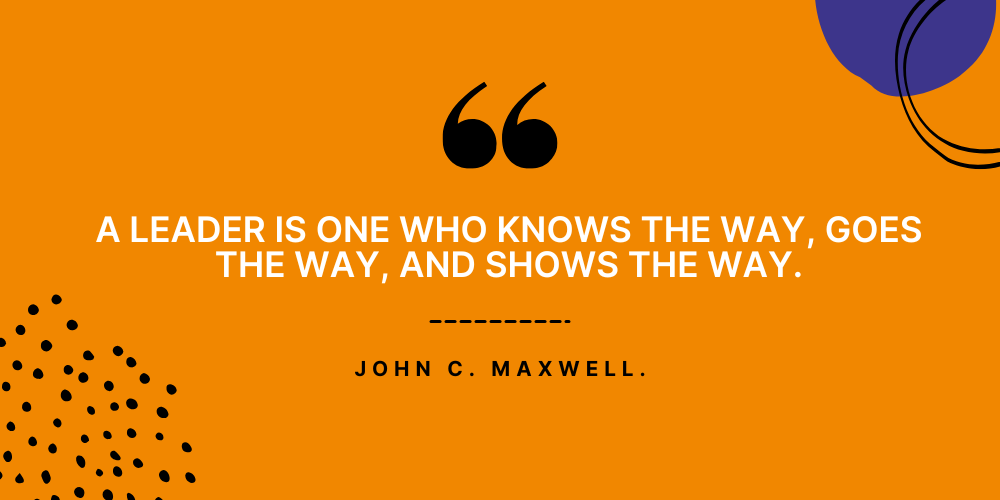
Example: Indecision in a crisis causes chaos. Decisiveness creates direction.
Build It: Gather just enough data, then act. Don’t wait for perfection.
8. Emotional Intelligence (EQ)
Arguably more important than IQ for what makes good leadership qualities.

Example: Leaders with EQ create psychological safety and loyal teams.
Build It: Learn your triggers, regulate your emotions, and tune into others’ cues.
9. Commitment to Growth (Self + Others)
Leadership traits list must include a hunger to improve and help others rise.
Example: Leaders who coach and upskill their teams become talent magnets.
Build It: Read weekly. Offer mentorship. Attend workshops.
10. Accountability
No blame games. Just responsibility.
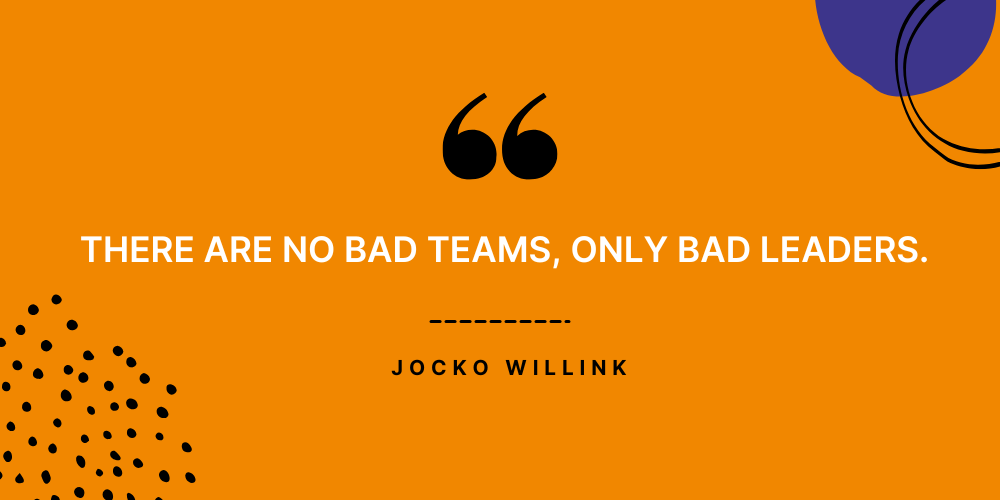
Example: Leaders who say, “It was my responsibility,” win loyalty.
Build It: Own your outcomes. Set clear KPIs. Celebrate accountability.
11. Communication
Great leaders speak clearly and listen actively. Communication drives alignment and trust.
Example: Leaders like Barack Obama are admired for their ability to unify teams through strong messaging.
Build It: Practice storytelling. Clarify expectations. Encourage dialogue.
12. Resilience
Bouncing back from setbacks is a must-have in today’s uncertain landscape.
Example: Howard Schultz brought Starbucks back from near collapse by staying focused and rebuilding its culture.
Build It: Embrace failure as feedback. Build mental strength through mindfulness and recovery routines.
13. Inclusiveness
Inclusive leaders foster belonging and encourage diverse perspectives.
Example: Rosalind Brewer, CEO of Walgreens, champions diversity and equity at every level.
Build It: Create space for every voice. Audit your biases. Seek input from all backgrounds.
14. Strategic Thinking
Thinking long-term and anticipating future trends sets great leaders apart.
Example: Jeff Bezos’ “Day One” mindset helped Amazon stay agile and ahead.
Build It: Study trends, ask big-picture questions, and plan beyond the quarter.
15. Servant Leadership
Putting the team’s needs above personal ambition builds trust and legacy.
Example: Tony Hsieh of Zappos focused on happiness and service as cornerstones of leadership.
Build It: Ask: “How can I support you?” Lead with empathy and service.
Common Myths About Leadership Traits
Despite the growing research and awareness, misconceptions about leadership traits still linger – especially in fast-moving, high-pressure workplaces. Let’s set the record straight:
- Myth 1: Leaders are born, not made.
Reality: This couldn’t be further from the truth. Research from the Center for Creative Leadership shows that 70% of leadership skills are learned through experience, not inherited. Anyone can develop the traits of an effective leader through consistent practice and feedback.
- Myth 2: You have to be charismatic.
Reality: While charisma can help, it’s not a requirement. Many of the most respected leaders—think Tim Cook or Angela Merkel – are introverts with strong leader attributes like humility, thoughtfulness, and clarity.
- Myth 3: Strong leaders never show weakness.
Reality: Vulnerability is not weakness; it’s strength. Trait leadership thrives when leaders are human. Brené Brown’s research in Dare to Lead proves that leaders who show vulnerability create stronger emotional bonds, boosting team loyalty and innovation.
Leadership Trait Myths — Flip to Reveal the Truth
Myth 1
Leaders are born, not made.
70% of leadership traits are learned through experience. Leadership is built, not born.
Myth 2
You have to be charismatic.
Leaders like Tim Cook and Angela Merkel prove introverts with humility and clarity lead powerfully.
Myth 3
Strong leaders never show weakness.
Vulnerability builds trust. Brené Brown’s research shows it strengthens loyalty and innovation.
✅ The Reality
Leadership can be learned and practiced.
Leadership isn’t about being born charismatic or flawless—it’s about growing through experience, showing humility, and being courageously human.
Real-World Examples of Leaders Who Embody These Traits
To truly describe some of the traits that make leaders successful, we need to look at those who walk the talk. These leaders are proof that it is character, not status that builds trust and drives transformation.
- Satya Nadella (Microsoft): Blended empathy, growth mindset, and humility to drive a cultural turnaround.
- Jacinda Ardern (Former NZ Prime Minister): Led with transparency, vulnerability, and compassion during crises.
- Reed Hastings (Netflix): Known for radical accountability, candor, and trust in teams.
Conclusion
For this post, we had to describe some of the traits that make leaders successful. It’s not about the charisma, hierarchy, or having all the answers. It’s in the daily choices that shape how you lead – whether you’re managing a team of 50 or mentoring just one person. The best leadership qualities aren’t about being flashy. It’s about being consistent.
The most important traits of a leader – like empathy, integrity, resilience, and vision – can be learned, refined, and embodied regardless of your role. These are the traits of good leaders that inspire performance, build cultures of trust, and drive lasting impact.
Start with just one trait of an effective leader. Maybe it’s being more vulnerable in meetings. Or listening deeper. Or journaling your “why” so you can lead with purpose. Then, build from there.
Because what makes good leadership qualities isn’t about being perfect—it’s about being present, being human, and showing up every day in service of something bigger than yourself.
Pick one trait. Practice it daily. Because the world doesn’t just need more leaders. It needs more real ones.
What’s Your Leadership Starting Point?
Choose one trait to focus on. Practice it daily. Progress will follow.
